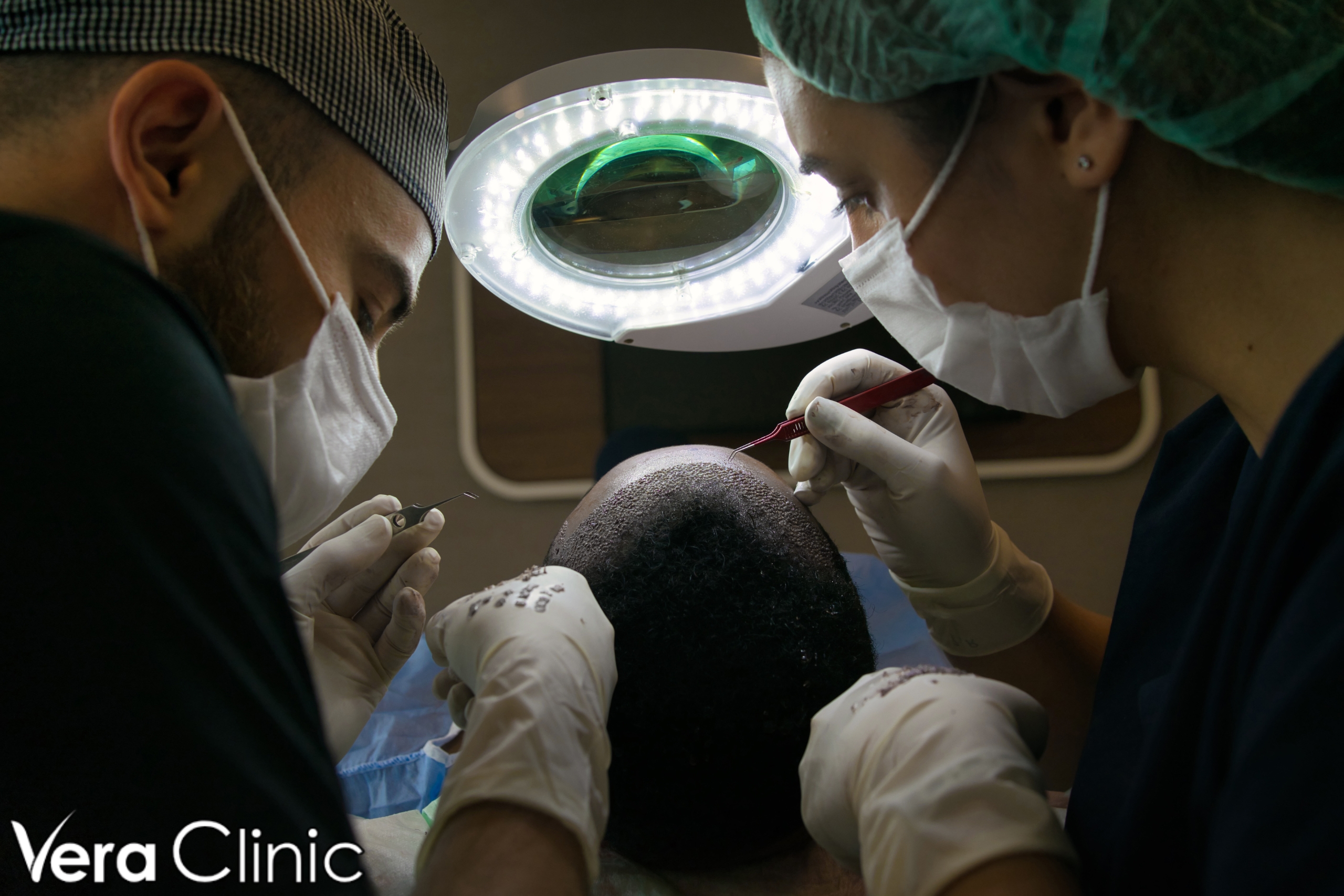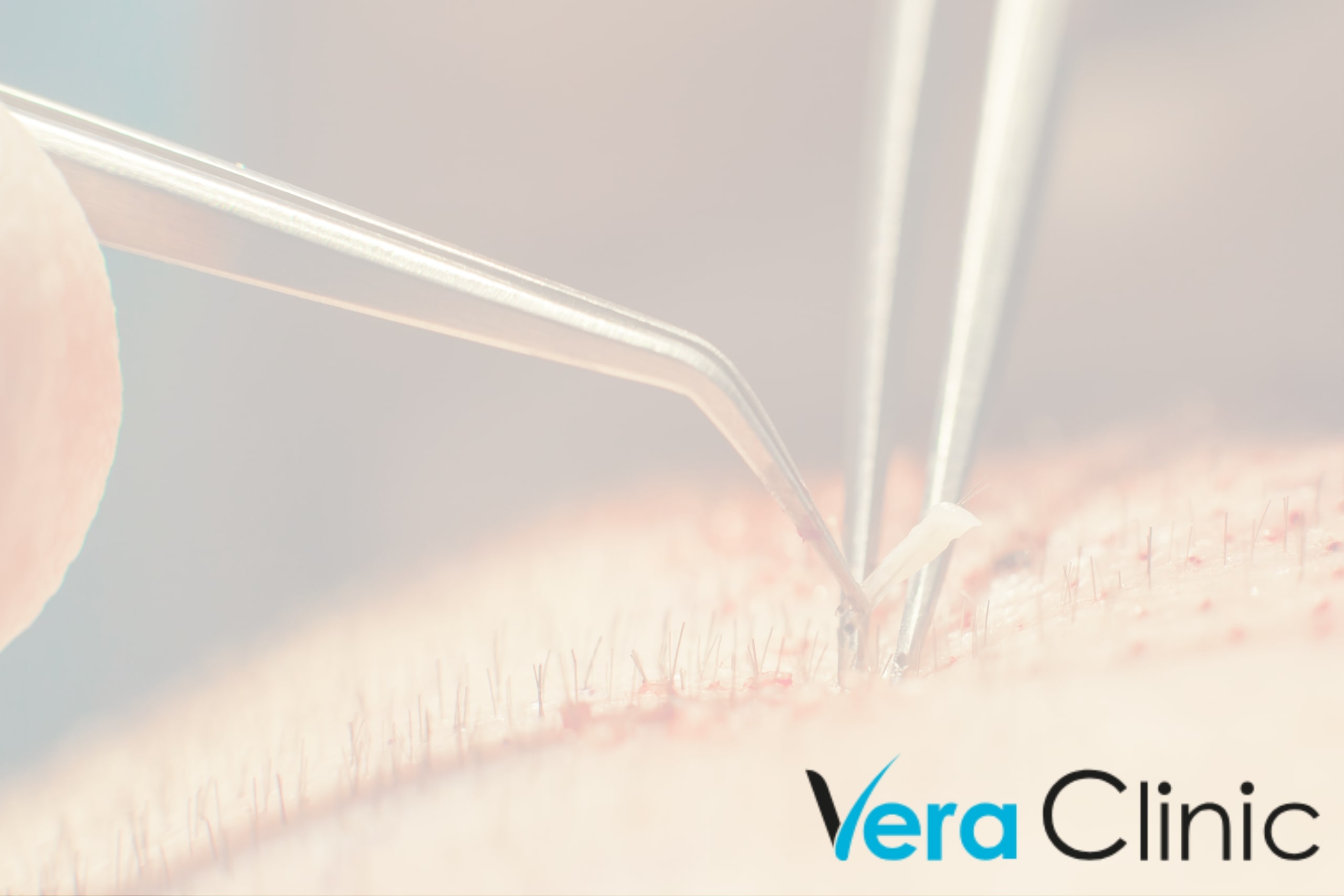Many people are upset when they lose their hair, and it can make them feel less confident and better about their health. And now hair grafts are a well-known way to stop hair loss. One of the best places to get a hair transplant is now Istanbul. This gives people who want to get their natural head hope. Hair transplants in this city are known to be of high quality and affordable because it has new hospitals and skilled doctors.
You need to know how hair transplants work before you decide to go through this process. Moving hair cells from a source location to an area devoid of hair will cause fresh hair growth there. People might choose Follicular Unit Extraction (FUE) or Follicular Unit Transplantation (FUT) depending on their desired outcome and level of interest. If someone wants to get a hair transplant, they should learn a lot about it, like the risks, benefits, and expected outcomes.
Why are hair transplants so popular? This piece will go into more detail about these topics. It will also talk about why Istanbul is a great place for this process.
The Initial Consultation and Assessment
Finding the reason behind the hair loss and a course of treatment depends on initial meetings, which are crucial. Looking examining the patient’s head, the hair loss specialist may gather crucial information, discuss their objectives for this consultation.
This is when the patient’s medical history is examined in search of any underlying conditions or medicines possibly causing the hair loss. This enables the professional to create a complete treatment plan and ensure that certain operations or medications would be effective.
The scalp is next examined to find out the degree of hair loss, skin condition, and quality of the remaining hair. This test guides us in selecting the optimal course of treatment and provides vital information about the causes of hair loss.
Those having a hair transplant should have reasonable expectations and be aware of possible outcomes. Knowing what the therapy cannot accomplish will help one to understand how much time and effort will be required to recover and get the desired outcomes. So, people who want to restore their hair in a good way and with good reputation might want to think about getting an Istanbul hair transplant. Overall, the first meeting is the most important step in figuring out what’s causing the hair loss and how to treat it.
Selecting the Right Technique for Hair Transplant
There are a few common choices to think about when picking the right method for a hair transplant in Istanbul. Most of the time, Follicular Unit Extraction (FUE) and Follicular Unit Transplantation (FUT) are used.
In FUE, hair follicles are taken out one at a time from the donor area and planted in the receiver area. This method has many benefits, such as leaving fewer scars, faster healing, and the option to choose the number of patches needed. For FUT, on the other hand, a strip of skin is cut away from the donor area and broken up into separate follicular units that are then transplanted. People usually choose FUT when they need a lot of grafts or their hair loss is spread out over a bigger area.
Which one to choose between FUE and FUT depends on the person’s wants and tastes. The best method is chosen by taking into account things like the amount of hair loss, the desired result, and the availability of donated hair.
Besides FUE and FUT, Direct Hair Implantation (DHI) is another advanced hair transplant method that can be done in Istanbul. For DHI, a special pen-like tool is used to remove and insert hair strands one at a time. This method has the benefit of a higher mortality rate for grafted hair and the ability to put in more grafts in a single session. However, DHI might not be right for everyone, and the treatment needs to be done by a skilled operator.
Preparing for the Hair Transplant Surgery
To get ready for hair transplant surgery, there are a few things that need to be done. Before anything else, it’s important for the patient to have a full meeting with their therapist. The surgeon will look at the patient’s hair loss and decide if they are a good fit for the process during this appointment. This is a very important step because it lets the surgeon know what the patient wants and talk about what might happen during the treatment.
After the meeting, the surgeon will give the patient strict pre-operative guidelines that they must follow to the letter. As part of these directions, you may be told to stay away from booze, cigarettes, and some medicines. Smoking and drinking can slow down the mending process and may raise the risk of problems during and after surgery. Some medicines, like blood thinners, can also make it more likely that you will bleed during the process. So, people who are going to have surgery should not use these drugs in the weeks before the operation.
To make sure the patient is safe, tests or measures may need to be taken before treatment. This could include blood tests, an ECG, or a full medical exam to find any health problems that could be dangerous during surgery. Making these checks will help the surgeon make sure the patient is healthy and lower the chance of problems.
The Hair Transplant Procedure: What to Expect
From the beginning to the end, the hair transplant process is made up of several steps.
The giver and receiver parts of the head will be numbed with local anesthesia while the patient is being set up for surgery. This makes sure that the person is comfortable during the surgery. As another way to make the patient feel better, a sedative may be given to help them relax and feel less anxious or uncomfortable.
The process of extraction and placement starts. Either follicular unit extraction (FUE) or follicular unit transplanting (FUT) is used to take hair follicles from the donor area, which is usually the back or sides of the head. For FUE, a special punch tool is used to remove each hair follicle one at a time. For FUT, a strip of skin holding hair follicles is cut off. After the follicles are removed, they are carefully moved to the target area, which is usually a part of the head that is balding or getting thinner. The surgeon puts and implants the follicles in a way that makes hair growth look realistic.
After the surgery, the patient’s head may be wrapped to keep the new hair cells safe and reduce any swelling. Antibiotics and painkillers may be given to help with pain and keep infections from happening. The first steps in healing usually include staying away from hard activities and following the surgeon’s specific post-surgery directions. Over the course of a few months, the transferred follicles will start to take root and make new hair. This is called slow hair growth.
Care Following Surgery and Recovery
For the best results after a hair transplant surgery, it is very important to take the right care of yourself afterward. It is very important for helping the body heal, avoiding problems, and making sure that grafted hair cells live.
Getting better after a hair transplant surgery usually takes a few steps. In the beginning days, patients may feel some mild pain and swelling, but these effects should go away over the course of a week. It is normal for the transferred hairs to fall out in the first two to three weeks while the body heals.
For at least a month after the donation, patients are told to keep the area out of direct sunlight and wear a hat or other protection covering when they go outside. To keep the transplant area from getting strained, you should stay away from hard activities like heavy work or intense exercise for a few weeks.
Follow-up visits are very important for keeping an eye on how well you’re improving and talking about any worries you have. Most of the time, they happen in the weeks and months following surgery.
Clinics in Istanbul offer a wide range of services to help people get better. They give personalized treatment directions, such as how to clean and moisturize the area around the donor. They also give you information on how to deal with possible side effects like itching or swelling. As people work to get better, the committed team makes sure they get the help and care they need.
Long-Term Outlook and Outcomes
Although each person’s hair transplant results may take a different amount of time, on average, you can expect them to be fully healed within a year. In the first few weeks after the operation, patients may experience some loss from the grafted hair. People normally go through this stage of hair growth, so you shouldn’t be worried about it.
After the shedding phase, the transferred hair starts to grow back. People may start to see new hair grow within three to four months, but the length of this time can vary. The transferred hair will continue to get thicker and look more realistic over time.
Long-term effects can be influenced by many things, such as the person’s general health and how they take care of their hair. Patients should carefully follow the directions given to them after surgery. For example, they may be told to avoid doing anything too hard and to keep their head out of the sun. Having a healthy lifestyle with a balanced diet and regular exercise can also help your hair grow the best it can.
Taking good care of your hair is also very important for keeping the effects of a hair transplant. Some ways to do this are to use gentle shampoos and conditioners, avoid style with too much heat, and keep strain on the head to a minimum. Going to a hair specialist on a regular basis can help you keep track of your progress and solve any worries.
Patients can get the best long-term effects from their hair transplant by following the aftercare directions, living a healthy life, and taking good care of their hair.

Conclusion
Finally, people who are thinking about getting a hair transplant in Istanbul should do a lot of study and choose a respected center with skilled doctors. The main steps in a hair transplant are an initial meeting to see if the patient is a good candidate for the treatment, then taking healthy hair follicles from a donor area and transplanting them to a recipient area. A local anesthetic is usually used for the process, which can take several hours to finish. Care after surgery is very important, and it includes taking care of wounds properly, managing medications properly, and following the surgeon’s aftercare directions exactly. Long-term effects may be different for each person, based on things like how their hair grows and if they continue to lose hair. To get the best results, people in Istanbul who want to get a hair transplant should only speak with reputable centers. This way, they can learn about their options and make smart choices about their hair restoration journey.




